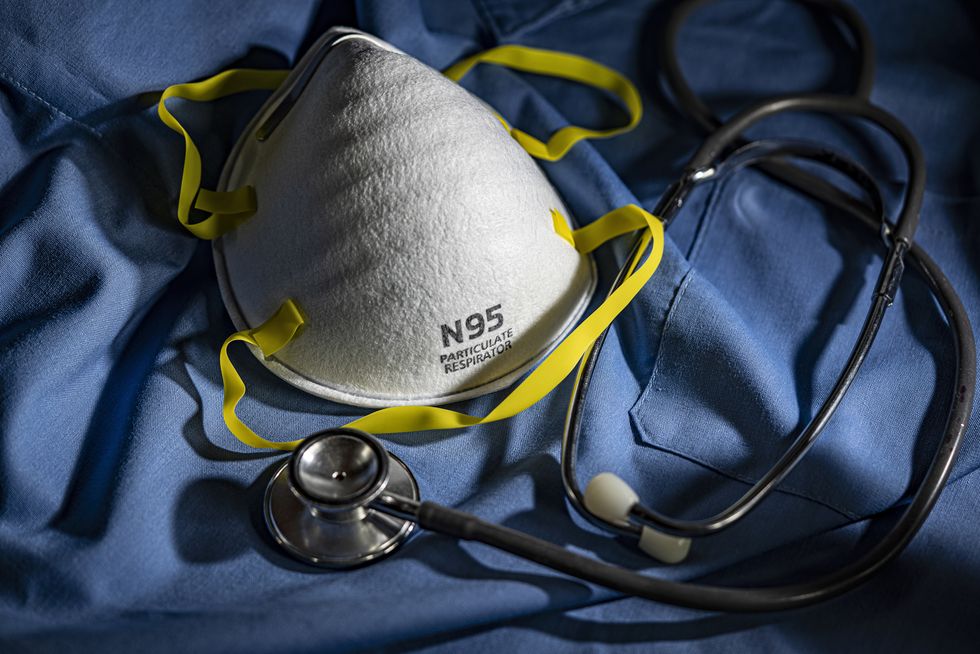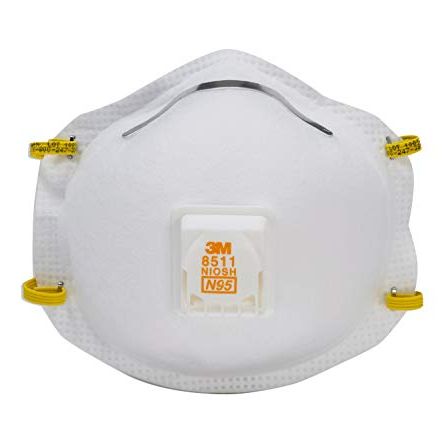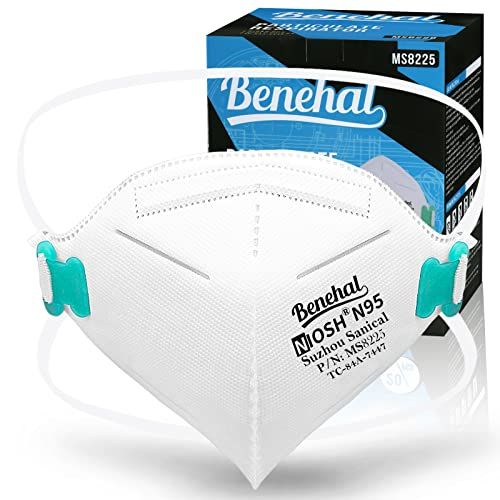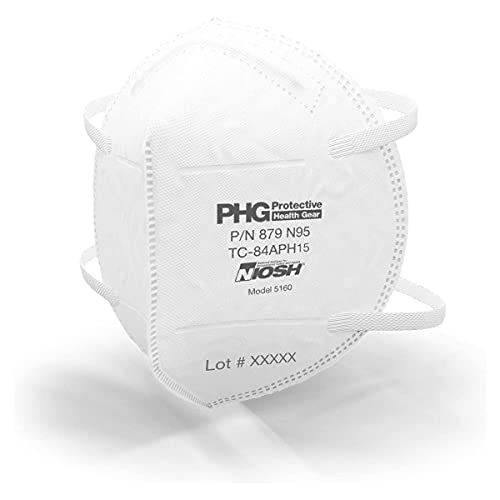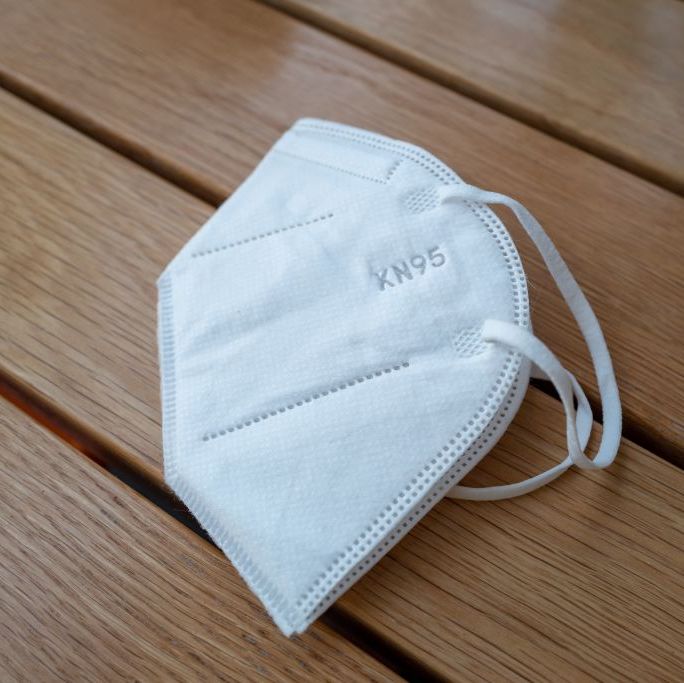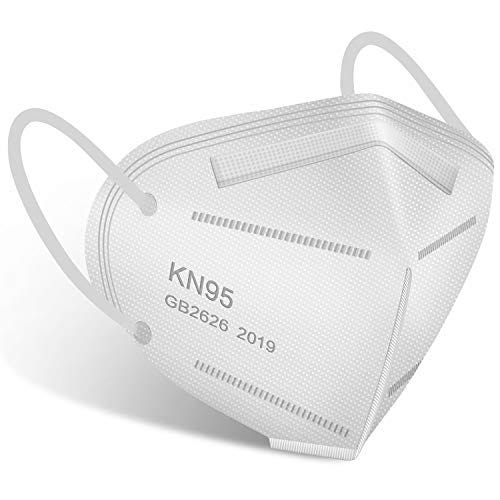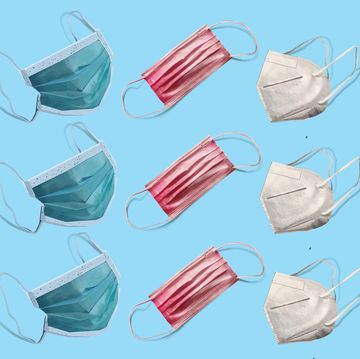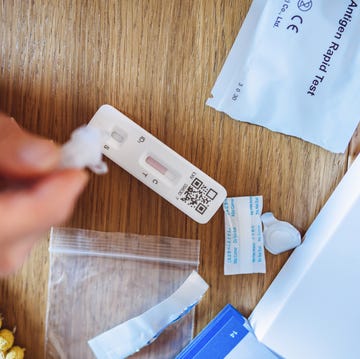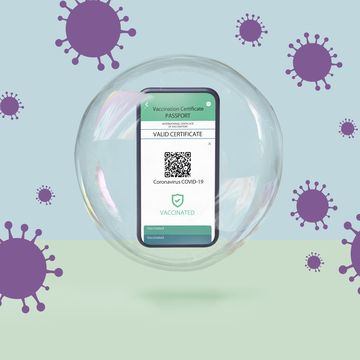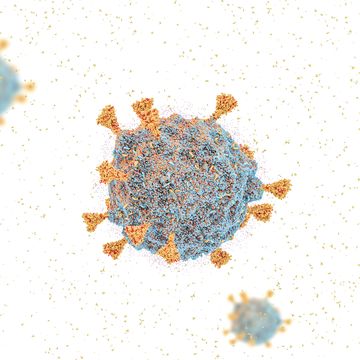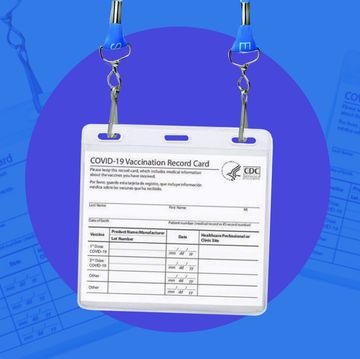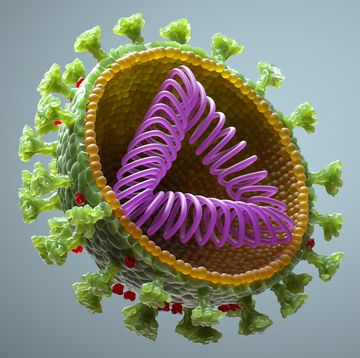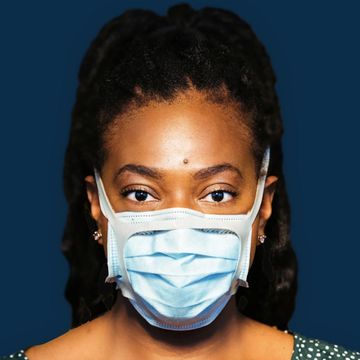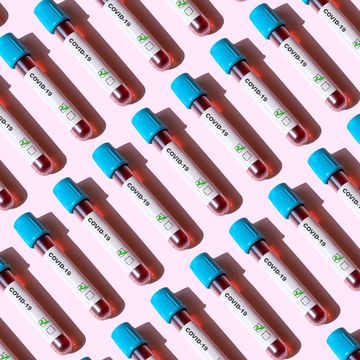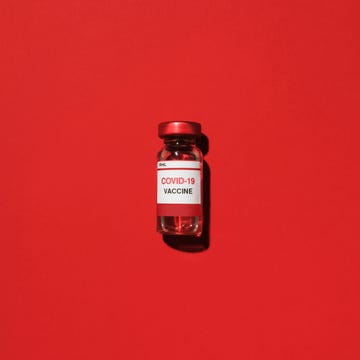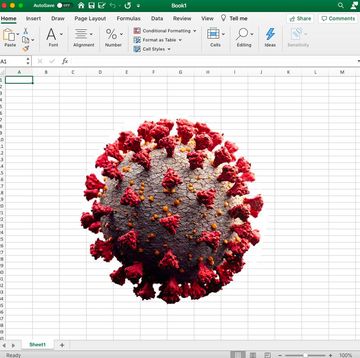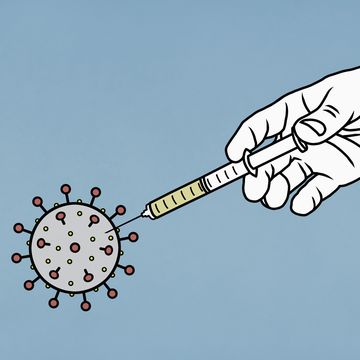Editor’s Note: As Canadian wildfires permeate multiple eastern states in the U.S., masking outdoors is a healthier alternative to inhaling the toxic particulates in the air. Wildfire smoke can linger for weeks, and can contain particles of not just gases and minute particles from burned trees and plant matter, but also possible fungal spores and traces of synthetic materials such as plastics and metals. The smoke can cause irritation of the eyes, nose, and throat and lead to headaches, among other symptoms. Breathing it is bad for everyone, but people who are immunocompromised; have asthma, existing respiratory conditions, or pulmonary issues; or are pregnant are at higher risk.
You probably wore a mask when out in public for a majority of the COVID-19 (coronavirus) pandemic, but are you still wearing the right one when you need it? Since new mutations of SARS-CoV-2 (the virus that causes COVID-19) continue to spread with varying degrees of contagiousness, it’s important to wear masks with a high-filtration capacity and a snug fit, especially in crowded situations or if you are immunocompromised. N95 and KN95 masks best fit that bill.
But what exactly are N95 and KN95 masks, what are the differences between them, and which mask should you ultimately purchase? Here are the facts.
➡️ Who Needs to Wear a Mask?
According to the U.S. Centers for Disease Control and Prevention’s (CDC) mask guide, last updated in September 2022, anyone who are at high risk of severe illness should mask in indoor public places (though it is not necessary to wear one in uncrowded outdoor settings).
Folks with conditions that lead to weakened immune systems, or those who are currently taking medications that can weaken their immune systems, should wear masks even if they are fully vaccinated.
You can look up your area on the CDC’s COVID-19 County Check to ascertain the level of risk in your area. You should also consider masking up in very crowded outdoor places like concerts, and wherever you might come into close contact with people who are not fully vaccinated, both to protect yourself and others.
➡️ What Are N95 Masks?
The N95 respirator is considered the gold standard of face coverings in the medical world, and even in the construction industry. These face coverings diverge from surgical masks in that the edges are designed to fit snugly to your face.
The U.S. Food and Drug Administration (FDA) defines N95 respirators as a “protective device designed to achieve a very close facial fit and very efficient filtration of airborne particles.” The Centers for Disease Control and Prevention (CDC), however, still doesn’t recommend the general public wear masks specially labeled “surgical” N95 respirators. But that’s only in order to reserve supplies for health care workers and medical first responders—not because the masks are ineffective. You can find an approved list of respirators at the NIOSH-Approved Particulate Filtering Facepiece Respirators website.
➡️ What Do N95 Masks Look Like?
N95 masks are made of tough, yet flexible non-woven polypropylene fiber. They’re mostly round with a protrusion near the top to help cover your nose. Elastic strings stretch around your head to hold the mask in place. N95s sometimes feature a valve to make inhalation and exhalation easier, but they’re not required. The mask should be labeled with “N95” on it. Watch out for typos, as these could be counterfeits.
➡️ How Do N95 Masks Work?
N95s filter out at least 95 percent of very small particles that are about 0.3 microns in size, according to the CDC. But this is the particle size for which the masks are least efficient. In fact, N95s are better at filtering out particles that are either larger or smaller than 0.3 microns.
These masks can filter about 99.8 percent of particles with a diameter of about 0.1 microns, according to a February 2017 study published in the Journal of Occupational and Environmental Hygiene. As an April 2020 review published in the journal eLife notes, SARS-CoV-2 is an enveloped virus with about a 0.1 micron diameter, so N95s are particularly suited to our current pandemic.
Why are N95s so efficient at filtering out the smaller particles? It has something to do with “Brownian motion,” or a phenomenon that causes particles smaller than 0.3 microns to move in a haphazard, zig-zagging motion. This makes it more likely for the particles to get caught inside the fibers of the N95. Plus, the masks use electrostatic absorption, which means that rather than passing through the fiber, the particles are trapped.
“Although these particles are smaller than the pores, they can be pulled over by the charged fibers and get stuck,” Jiaxing Huang, a materials scientist at Northwestern University, told USA Today. “When the charges are dissipated during usage or storage, the capability of stopping virus-sized particles diminishes. This is the main reason of not recommending the reuse of N95 masks.”
In an extensive review of various face masks published in September 2020 in the journal Science Advances, researchers from Duke University found N95 masks were most effective in filtering out particles. Those masks had a droplet transmission rate of less than 0.1 percent. However, this is with the caveat that N95s don’t necessarily protect others around you.
“[T]he performance of the valved N95 mask is likely affected by the exhalation valve, which opens for strong outwards airflow,” the Duke scientists say. “While the valve does not compromise the protection of the wearer, it can decrease the protection of persons surrounding the wearer. In comparison, the performance of the fitted, non-valved N95 mask was far superior.”
There are also various types of N95 respirators, so make sure the one you’re using is rated for the performance you want. Some masks are defined as surgical, while others aren’t. Some aren’t fluid-resistant. All N95 masks should protect you from airborne particles, though, according to 3M, the manufacturer of most N95s in the U.S.
➡️ What Are KN95 Masks?
KN95s are closely related to N95s, but only the latter is approved for use in medical settings in the U.S., and the reasoning is pretty simple: N95s are the U.S. standard, while KN95s are the Chinese standard for these close-fitting filtration devices. Both are rated to filter out 95 percent of very small particles.
Due to the shortage of personal protective equipment (PPE) in the U.S. at the start of the pandemic, the CDC has authorized the use of KN95 masks as a suitable alternative for N95 masks. However, a number of hospitals and other KN95 wearers have pointed out some discrepancies in quality.
*At time of update (April 2023), the masks featured in this story appeared on the FDA’s Appendix A: Authorized Imported, Non-NIOSH Approved Respirators Manufactured in China list. We suggest you check each listing’s manufacturer name against the FDA approved list before you make a purchase. The brand name does not always match the manufacturer.
➡️ What Do KN95 Masks Look Like?
KN95 masks look a lot like N95s at first glance, but they feature a seam down the middle that makes it possible to fold the masks in half. The masks use ear loops to secure your face covering.
➡️ How Do KN95 Masks Work?
KN95 masks work similarly to N95 masks, but they aren’t regulated by the same organizations. This has led to some questions about the efficacy of KN95 masks in surgical settings. (You can see if the FDA has approved your model of KN95 for emergency medical use by checking this list.)
In a September 2020 analysis of 200 KN95 masks from 15 manufacturers, the patient safety nonprofit ECRI found that up to 70 percent of the protective face coverings didn’t meet U.S. standards for effectiveness, “raising risks of contracting COVID-19 for care providers and patients at hospitals and other healthcare organizations that imported masks from China.”
Still, KN95 masks are better than surgical masks or cloth masks, according to ECRI. These are most appropriate in cases where you don’t expect to come into contact with bodily fluids. Non-certified masks that use head and neck straps will also serve you better than those with ear loops.
➡️ How Are N95 and KN95 Masks Different?
Both N95 and KN95 masks use multiple layers of synthetic material to protect you from outside particles. And, as their names suggest, both must filter out 95 percent of particles that are 0.3 microns in size or larger.
The main differences are the looks and regulating bodies that control the masks. The National Institute for Occupational Safety and Health (NIOSH) regulates N95 masks, putting each mask prototype from various manufacturers through a rigorous testing process. (You can find a list of CDC-approved N95 masks for use in surgical settings here.) Meanwhile, the Chinese government regulates KN95 masks.
➡️ Here’s the Bottom Line
For the average person, N95 masks and KN95 masks have negligible differences. If you’re not a health care worker, either should suffice. But if you can’t find either kind of mask, consider double masking with a surgical mask beneath your cloth mask.

